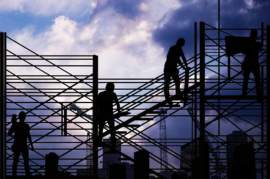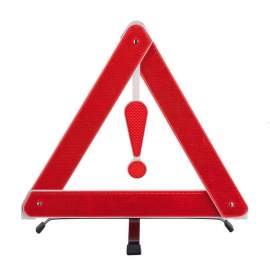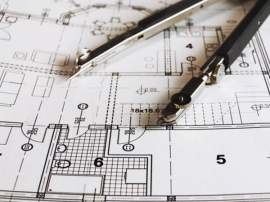
Facts You Didn't Know About Safety Equipment

Safety Equipment Defined:
Safety equipment, in the field of construction, refers to any device or protocol that when implemented, will result in impeding work-related accidents, illnesses or deaths. Safety equipment therefore, can include fundamental pieces of equipment or gear, such as helmets gloves or can encompass restrictions, such as guard rails and ramps.
Safety equipment is crucial in the construction industry; a generic construction project will require an individual to work in unsafe conditions. As a result of the inherent dangers attached to the construction industry, innovations and more rigorous safety protocol has been implemented to limit the amount of work-related injuries and deaths.
What does safety equipment protect against?
A construction project will invariably come with risk. Depending on the size and nature of the project, there will be an assortment of risks sparked by the actual building of the project and the equipment needed to construct the project.
The most common safety hazards aligned with construction revolve around the following elements or instances: motor vehicle crashes, excavation accidents, malfunctioning machines, electrocution, falls from heights and injuries that result from falling objects. In addition to physical injuries, construction workers are susceptible to contracting illnesses or diseases. The main health hazards present on a construction site that may cause illness are solvents, noise, asbestos and those activities that require the handling of malignant agents.
Falls from injury are another common cause for injury in the construction industry. Labeled in the OSHA handbook, fall protection is required in areas and activities that include: ramps, walkways, excavations, runways, hoist areas, holes, formwork, leading edge work, work on unprotected edges, overhand bricklaying and related work, roofing, precast erection, residential construction, wall openings.
The height limit where construction safety requirements are mandatory are not officially defined; a previously distribute issue of Work at Height Regulations labeled 2 meters as the cutoff height. This limits; however, has been superseded by any heights that may result in injury from fall.
Construction safety, when implemented to prevent injuries from falls, will provide a construction site with guardrail systems, personal fall arrest systems, safety net systems, warning line systems and positioning device systems.
Types of Safety Equipment:
Aside from the generic safety equipment such as tools, gloves, apparel, masks and the installation of guard rails, additional equipment must be attached to capital equipment and stringent protocol must be implemented throughout the site.
To prevent against the occurrence of motor vehicle crashes, a construction manager will ensure that all capital equipment possesses a proper brake system--motor vehicles on site must be equipped with an emergency brake system and a parking brake system. Safety equipment for motor vehicles on a construction site will also include a functional audible warning system, windows, doors, a clear view of site from the rear window and power windshield wipers.
All equipment on site must be equipped with light and reflectors; the glass present in a motor vehicle must safety glass.
In regards to excavation, the contractor on sire must be responsible for notifying all applicable companies that excavation work is being performed. Proper location of utilities is mandatory before any work can be performed. During the excavation process, the contractor is required to provide a safe work environment for all employees and pedestrians near the site.



















